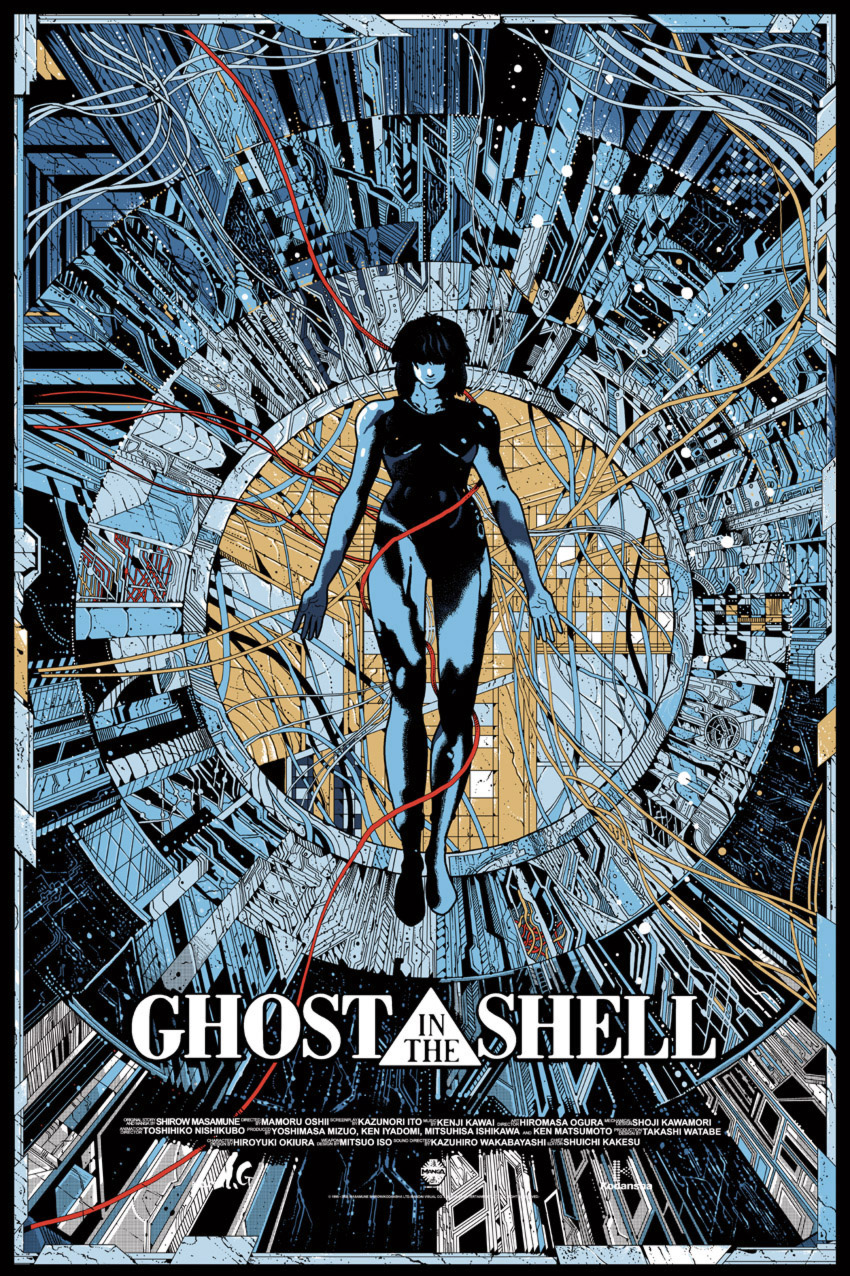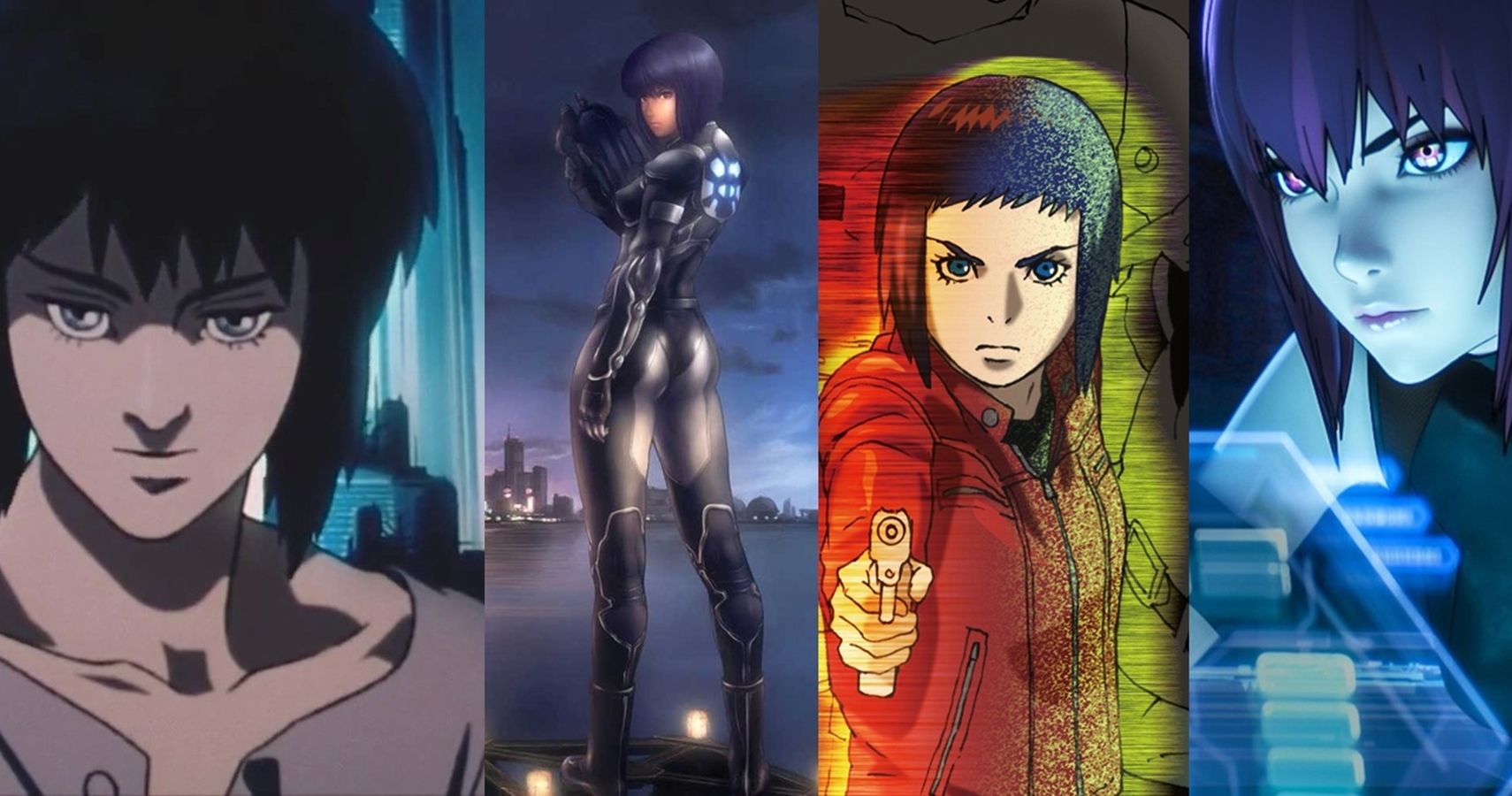
Shirow denies dualism similarly in his work, but defines the "ghost" more broadly, not only as a physical trait, but as a phase or phenomenon that appears in a system at a certain level of complexity. He argues that the human brain has grown and built upon earlier, more primitive brain structures, the "ghost in the machine", which at times overpower higher logical functions, and are responsible for hate, anger and other such destructive impulses. Koestler, like Ryle, denies Cartesian dualism and locates the origin of human mind in the physical condition of the brain. The title The Ghost in the Machine itself was originally used by an English philosopher, Gilbert Ryle to mock the paradox of conventional Cartesian dualism and Dualism in general. The concept of the ghost was borrowed by Masamune Shirow from an essay on structuralism, " The Ghost in the Machine" by Arthur Koestler. Regardless of how much biological material is replaced with electronic or mechanical substitutes, as long as individuals retain their ghost, they retain their humanity and individuality.

In the manga's futuristic society, science has redefined the ghost as the thing that differentiates a human being from a biological robot. In Ghost in the Shell, the word ghost is colloquial slang for an individual's consciousness or soul. Industrial disasters and resulting coverups. Unemployed men rioting in port towns, the violent and destructive police response and subsequent coverup. The infamous "Students Allied Red Army" Asama-Sanso Incident of 1972 The various Individual 11 attacks on the public. The cult-based Subway Sarin Incident Sarin gas attack on the Tokyo subway gas-attack and resulting police actions and coverups. However, the diligent reader will be able to find Japanese News translations chronicaling events that bear a striking resemblance to events in the anime. Due to a combination of the language barrier and Japanese societal censorship it is more difficult for outsiders to easily observe Japanese current events than to observe events in North America and Europe.

While the author is clearly exploring how society will address the coming technological impact on the populace and the resulting "fallout", one can also make the case for his use of this anime as a social commentary or a mirror of "then current" events, just as Mark Twain used his stories to present and explore social issues of his era. Yet, as those criminals are revealed to have more depth than was at first apparent, the various protagonists are left with disturbing questions: What exactly is the definition of human in a society where a mind can be copied and the body replaced with a fully synthetic body? What, exactly, is the "ghost" - the essence - in the cybernetic "shell"? Where is the boundary between human and machine when the differences between the two become more philosophical than physical? The main entity presented in the various media is the Public Security Section 9 police force, which is charged to investigate cases like the Puppet Master and the Laughing Man.

People also tend to rely more and more on cybernetic implants and the first strong AIs make their appearance. Ghost in the Shell takes place in the year 2029, when the world has become interconnected by a vast electronic network that permeates every aspect of life.


 0 kommentar(er)
0 kommentar(er)
